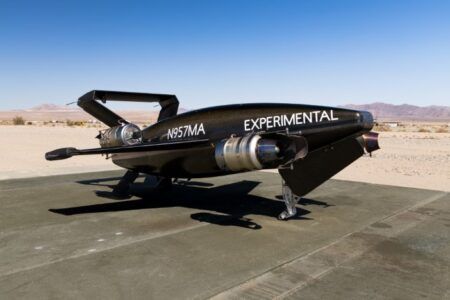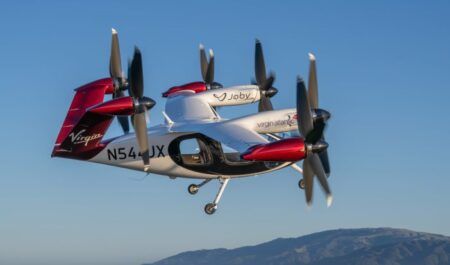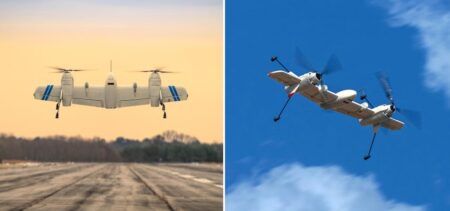The Tomsk drone research team
Engineers in Siberia are testing a multi-agent system for swarms of up to 10 drones that use a combination of ultrasonic sensors and video cameras to operate autonomously in close proximity to each other and obstacles without crashing.
Potential applications for the system include rescue operations; the monitoring of construction sites, power facilities, assets in the oil and gas sector and agricultural areas; the organization of joint access to airspace; and defense.
The research team is currently teaching the drones to fly without crashing into each other, avoid stationary and mobile obstacles, and safely land on the point specified by the operator with high accuracy. GPS is being used for accurate navigation.
The research is being carried out for Russian firm Ooo Kompstar, and brings together experts in programming, acoustic location, robot vision, telecommunications, and automated control systems.
Maksim Murin, an engineer from the research team, which is based at the Academic Laboratory of Industrial Robotics at Tomsk Polytechnic University (TPU), said: “It is difficult to find universal and affordable solutions that allow the launching of more than three drones in the sky so that they consistently carry out the given tasks and can be close to each other with minimal human involvement.
“There are solutions, but they perform very simple tasks, such as getting from point A to point B along a given flight path. In our case, we need to ensure that they may safely fly in the swarm, independently find a direction, decide if it is necessary to deviate from the course, and land close to each other.”
GPS technology, which is currently used to control unmanned aerial vehicles, normally admits position deviation of up to 2.5m. To avoid drones crashing, the allowed deviation from routes needs to be 5m, believe the TPU researchers, who are using a combination of ultrasonic sensors and video cameras to achieve this.
“The drone has been fitted with an ultrasonic location system that allows it to detect obstacles within a radius of up to 7m in five directions. We added to the vehicle the ability to identify a swarm member, which allows them to synchronize their movements and reconfigure their flight path.”
Two video cameras positioned in the direction of vehicle motion makes it possible to detect obstacles at greater distances. The landing system which also uses a camera directed downwards helps to ensure landing with the accuracy of 1m.
An onboard computer processes real-time information received from all sensor systems. According to the developers, the weight of the whole vehicle will not exceed 2kg.
Laboratory tests showed that drones can land “on a sheet of A4 paper,” added Murin.
Nikolay Krinitsyn, head of the Academic Laboratory of Industrial Robotics said, “The operator can simultaneously program a route for a swarm of drones. We have already developed the appropriate software. Further, the vehicles should orient themselves on the terrain and make decisions on maneuvering. The main task is all the drones reach their place of destination without damage.
“At the moment, all components of the system are ready for scaling, and we are ready for field tests.”
13 February 2018




